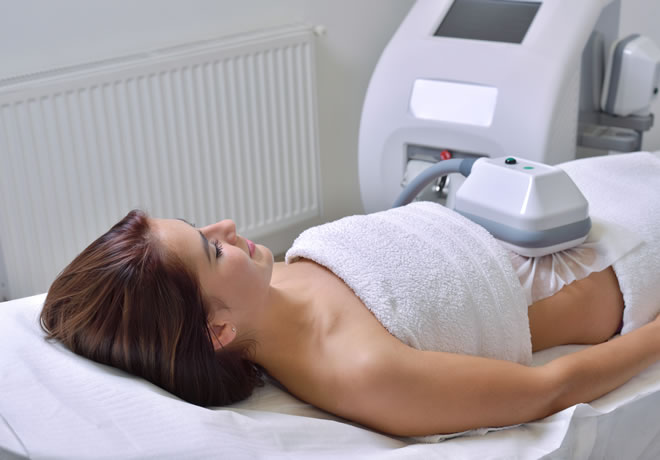Freezing fat is a new way of losing weight that’s been proven effective in many people. It involves using cold temperatures to freeze fat cells, which then die and release their contents into the bloodstream, where the body breaks them down. This process enables you to lose weight over time by reducing fat deposits in your body.
What Is It?
Fat freezing is a non-invasive way of reducing the fat in specific areas of your body. When the targeted area is exposed to freezing temperatures, it causes damage and destruction to the fat cells in that area. This can significantly reduce subcutaneous fat—the layer of fat beneath your skin—and make you appear more toned and sculpted. The treatment targets stubborn fat pockets resistant to diet, exercise, or other conventional therapies.
Does It Work?
It works best for people with localized fat deposits, especially in areas that are difficult to trim down, such as the thighs and stomach. It’s ideal for reducing the appearance of cellulite, but it’s not practical for removing fat from large areas, such as arms or legs.
It’s important to remember that this procedure isn’t the same as liposuction. While both methods involve cooling down targeted areas of your body so they can be more easily removed by suction, there are several key differences between them, such as:
- Liposuction requires general anesthesia (you’re knocked out), whereas freezing fat doesn’t require any sedation; you’ll remain awake throughout the procedure.
- Liposuction often requires incisions because it removes large amounts of tissue at once. At the same time, some doctors may use incisions when performing liposuction on small areas like knees or ankles; most use small cannulas (a device similar to stents) inserted through tiny openings made using ultrasound guidance.
- Fat freezing uses ultrasound technology instead of microscopes during treatment sessions—meaning no cuts are needed!
Does It Hurt?
Freezing fat is a very comfortable procedure, and while there may be a bit of discomfort, the sensation is similar to what one might feel when having an ice pack applied. This means that patients won’t experience any pain or severe discomfort. However, some people report mild discomfort from freezing fat, particularly during the procedure’s initial stages.
How Much Does It Cost?
The cost of this procedure varies depending on the size of the area where it should be performed and whether you are simultaneously getting any other cosmetic procedure. For example, a full-body treatment can cost anywhere from $1,000 to $5,000. Meanwhile, the price for just one area (such as your abdomen) will vary based on size and how much fat is targeted in that area.
The procedure is usually covered by insurance, but it’s important to check with your provider before scheduling an appointment. They may require you to pay out-of-pocket first and then submit a claim after completing the procedure. Many providers offer payment plans allowing patients to spread their payments over several months or years without any additional interest charges.
What Results Can You Expect, and How Soon Will You See Them?
It’s essential to be realistic in your expectations of the treatment. You won’t see the results immediately; it depends on what area you’re treating and how many areas you treat. It takes at least 4-6 weeks for your body to reabsorb the fat. During this time, your skin may appear warm or slightly swollen as it adjusts to its new shape and volume. Your skin will also feel tighter than before (this is normal). The final result should be visible after 3-6 months, but it can even take a year because everyone is different!



Comments are closed.